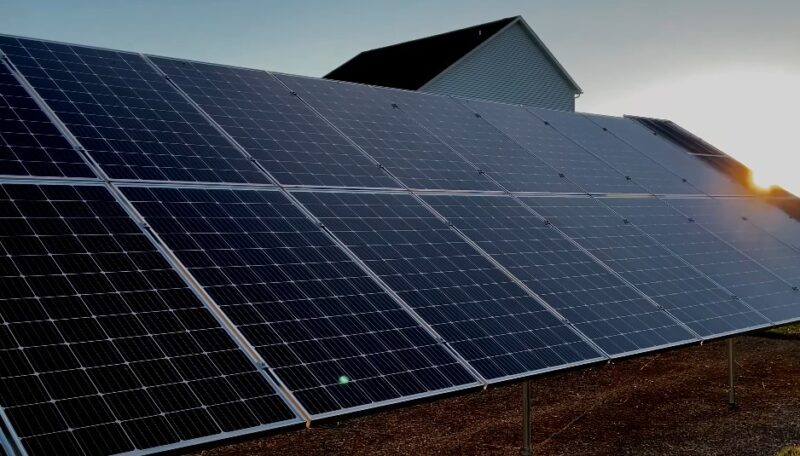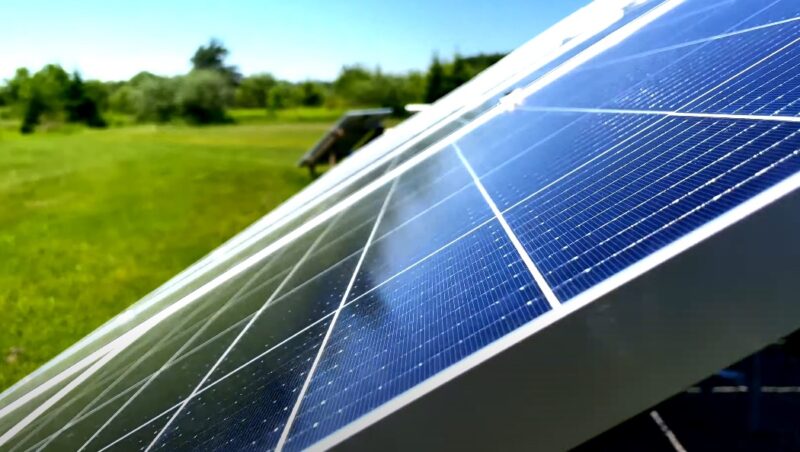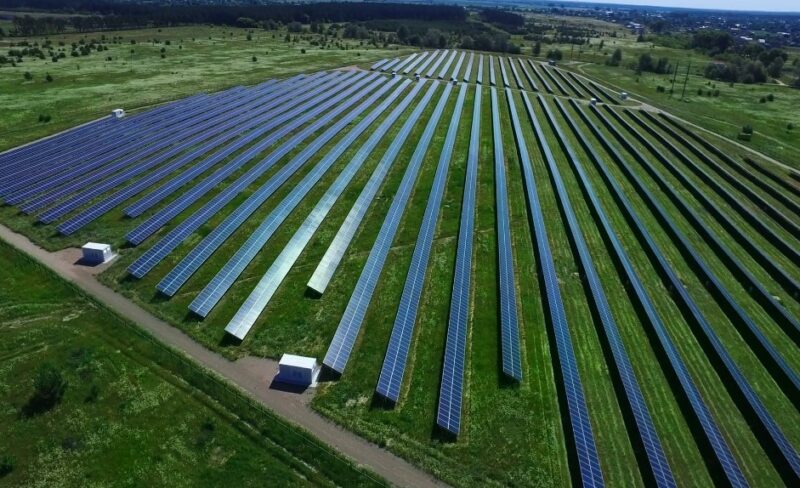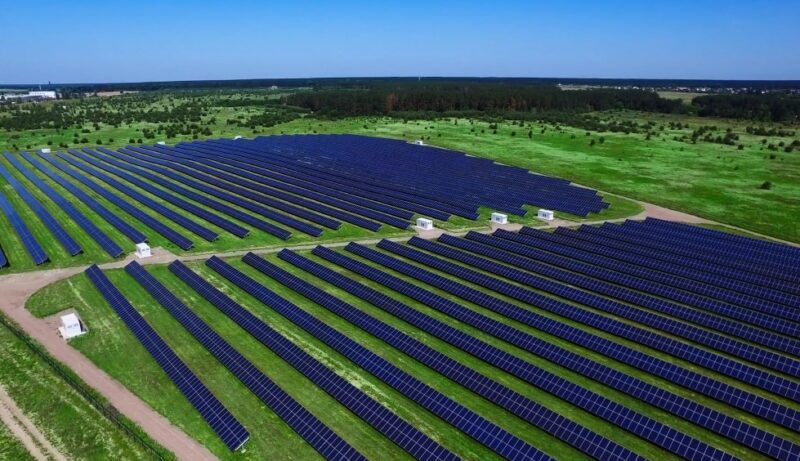Bifacial solar modules are gaining traction in the renewable energy market, offering a fresh alternative to traditional monofacial solar panels.
Unlike their predecessors, bifacial panels can capture energy from both the front and rear surfaces, promising increased efficiency.
With the rise in interest from both residential and commercial sectors, a question arises: are these higher-cost bifacial modules worth the investment?
Return on Investment (ROI) Considerations
The return on investment (ROI) for bifacial solar modules depends heavily on installation conditions and location.
Economic analyses, such as Levelized Cost of Energy (LCOE) comparisons, reveal that these panels offer superior long-term value when installed in ideal conditions.
For instance, in environments where reflective surfaces or optimal tilt angles are available, bifacial modules can deliver significant energy gains over time.
This, in turn, shortens the payback period, with some case studies showing returns within 3-4 years.
However, location plays a crucial role in determining the effectiveness of bifacial panels.
Areas with reflective surfaces, such as snow-covered landscapes, white rooftops, or regions with reflective ground coverings, tend to yield the highest ROI.
The benefits of bifacial technology may be less pronounced, resulting in a longer payback period and reduced efficiency compared to monofacial panels.
What are the Advantages?
Bifacial solar modules come with several notable advantages, like:
- Increased power output
- Superior durability
- Longer lifespan
- Enhance aesthetics
Making them an attractive option for many energy-conscious consumers.
Let us talk about them in greater detail.
Increased Power Output

One of the primary benefits of bifacial solar modules is their ability to generate significantly more energy than traditional monofacial panels.
Depending on the installation conditions, bifacial panels can deliver between 5% to 30% more energy output.
The rear side of the bifacial panel captures light that is reflected off the ground or surrounding surfaces, effectively utilizing energy that monofacial panels would miss.
For example, regions like Massachusetts, known for snowy winters, provide an ideal environment for bifacial solar panels. The snow acts as a natural reflector, boosting energy production during sunny days even in cold weather.
An increased energy capture makes bifacial modules highly effective in maximizing energy output, potentially leading to faster payback periods on the investment.
Superior Durability
Bifacial solar panels are designed to be more durable than their monofacial counterparts. Most bifacial modules are constructed with dual-glass layers, rather than the traditional glass and back sheet design.
This dual-glass construction offers several benefits, including improved UV resistance, greater structural integrity, and enhanced protection against environmental factors such as high winds and hail.
The dual-glass design also contributes to a slower degradation rate, meaning bifacial panels maintain their efficiency for a longer period.
In contrast, many monofacial panels come with shorter warranty periods, typically around 20 to 25 years.
The enhanced durability and slower degradation of bifacial panels ensure that they provide consistent energy output over their extended lifespan, making them a reliable long-term investment.
Longer Lifespan

In addition to their durability, bifacial solar modules tend to have a longer effective lifespan than traditional monofacial panels. The dual-glass construction, along with advanced manufacturing techniques, reduces wear and tear over time.
Bifacial modules are less susceptible to potential issues like microcracks or delamination, which can affect the long-term performance of monofacial panels.
The slower degradation rate of bifacial modules ensures that they maintain their performance levels over a longer period, with some studies suggesting that they degrade at a rate of just 0.5% per year.
This is lower than the typical 0.7% to 1% annual degradation seen in monofacial panels.
As a result, bifacial panels can continue producing energy at higher efficiency levels well into their third decade of use, providing a more reliable and steady energy output throughout their lifespan.
Enhanced Aesthetic Appeal
Though often overlooked, bifacial solar panels can also provide aesthetic benefits in certain installations.
Their sleek, transparent design can blend more seamlessly into various architectural styles, especially when mounted on:
- Glass surfaces
- Pergolas
- Other aesthetically sensitive areas
This aesthetic versatility makes bifacial panels a good option for installations where appearance is a consideration, such as in residential homes or commercial buildings with modern designs.
How About Potential Disadvantages?
- Cost
- Installation requirements
- Environmental limitations
- Maintenance
Bifacial solar modules, while innovative and more efficient in many cases, present several challenges and disadvantages that potential buyers should be aware of before investing.
Higher Initial Cost
One of the most notable drawbacks of bifacial solar modules is their higher upfront cost. On average, bifacial panels cost about 10% to 20% more than traditional monofacial panels, which may deter many budget-conscious consumers.
This increased price is primarily due to the advanced technology used in manufacturing bifacial modules, as well as the higher-quality materials required for their dual-sided functionality.
For residential users or small businesses looking to minimize upfront expenses, this cost difference can make monofacial panels a more attractive option, even though bifacial modules may offer greater long-term efficiency.
Increased Installation and Balance-of-System (BOS) Costs

Beyond the cost of the panels themselves, bifacial solar modules often require more complex installation systems, leading to increased overall costs.
Standard rooftop installations typically use fixed mounting systems, but these perform better when mounted on tilt frames or trackers that can adjust their angle throughout the day to maximize sunlight exposure.
These specialized mounting systems can significantly increase the balance-of-system (BOS) costs, including materials, labor, and time required for installation. Additionally, bifacial panels need to be installed in areas where there is enough reflectivity underneath the system, further complicating the installation process.
Limited Effectiveness in Certain Installations
Bifacial solar panels are not universally effective in every type of installation.
For instance, if these modules are installed on non-reflective surfaces, such as dark rooftops, or mounted flush against a surface, the rear-side energy capture becomes negligible.
It means that bifacial panels will only function as monofacial panels in such setups, reducing the primary advantage they offer.
The additional cost of bifacial modules might not result in the energy output gains needed to justify their higher price.
As a result, bifacial panels are best suited for environments where reflectivity, such as light-colored ground coverings, snow, or white rooftops, can enhance their efficiency.
Maintenance Requirements

A critical aspect of bifacial solar modules is their requirement for increased maintenance.
Both sides of the panel—the front and rear—must remain clean to ensure maximum energy production. That contrasts with traditional monofacial panels, where only the front surface needs to be cleaned.
In dusty, polluted, or debris-prone environments, the maintenance needs for bifacial panels can become more frequent and labor-intensive.
Failure to keep both sides of the panels clean can significantly reduce their performance, diminishing the return on investment.
As a result, bifacial systems may require higher ongoing maintenance costs, which is something that users should consider when budgeting for their solar installation.
Complex Installation Environments
In some cases, the physical environment itself can present challenges for bifacial panel installations.
These modules rely on light being reflected from the ground or surrounding surfaces to the rear side.
If bifacial panels are installed in shaded areas, on non-reflective ground, or in regions with high levels of cloud cover, the benefits of rear-side energy capture diminish significantly.
The limitation makes bifacial solar panels less suited for tropical, forested, or heavily urbanized environments, where reflected light is minimal.
Special Use Cases for Bifacial Modules

Bifacial solar modules are particularly well-suited for utility-scale projects and specialized applications.
In large solar farms, bifacial panels are often paired with solar trackers that follow the sun’s path throughout the day.
When paired with trackers, the increased energy output can more easily justify the higher upfront costs of bifacial panels, making them an attractive option for large-scale renewable energy projects.
In niche applications, bifacial panels can also offer advantages in specific residential settings, such as hail-prone areas.
There are some concerns regarding the thinner glass used in bifacial panels, which may be more vulnerable to hail damage compared to traditional models.
While these panels excel in reflective and open areas, they may face challenges in installations where reflectivity is minimal or where they are flush-mounted to non-reflective surfaces.
The Bottom Line
Bifacial solar modules represent a valuable investment in certain situations, particularly in reflective environments and utility-scale projects.
Their increased energy output and durability offer distinct advantages over traditional monofacial panels, but these benefits come at a higher cost.
For many residential installations, especially in non-reflective environments, the additional expense may not be justified. Ultimately, bifacial modules remain a niche but growing solution, ideal for specific applications where their efficiency can truly shine.

